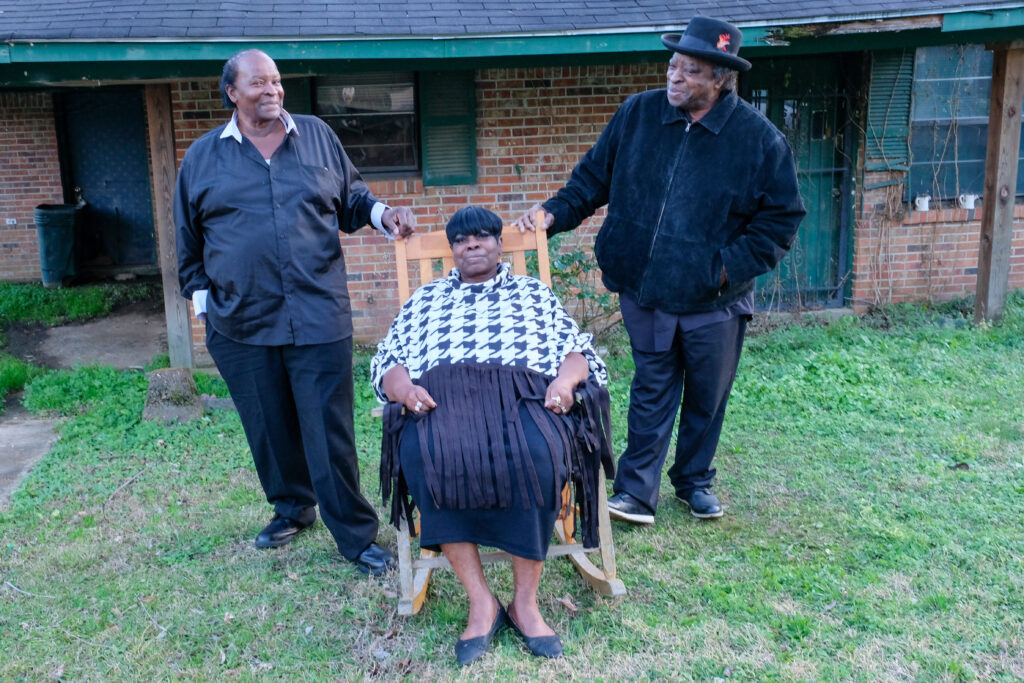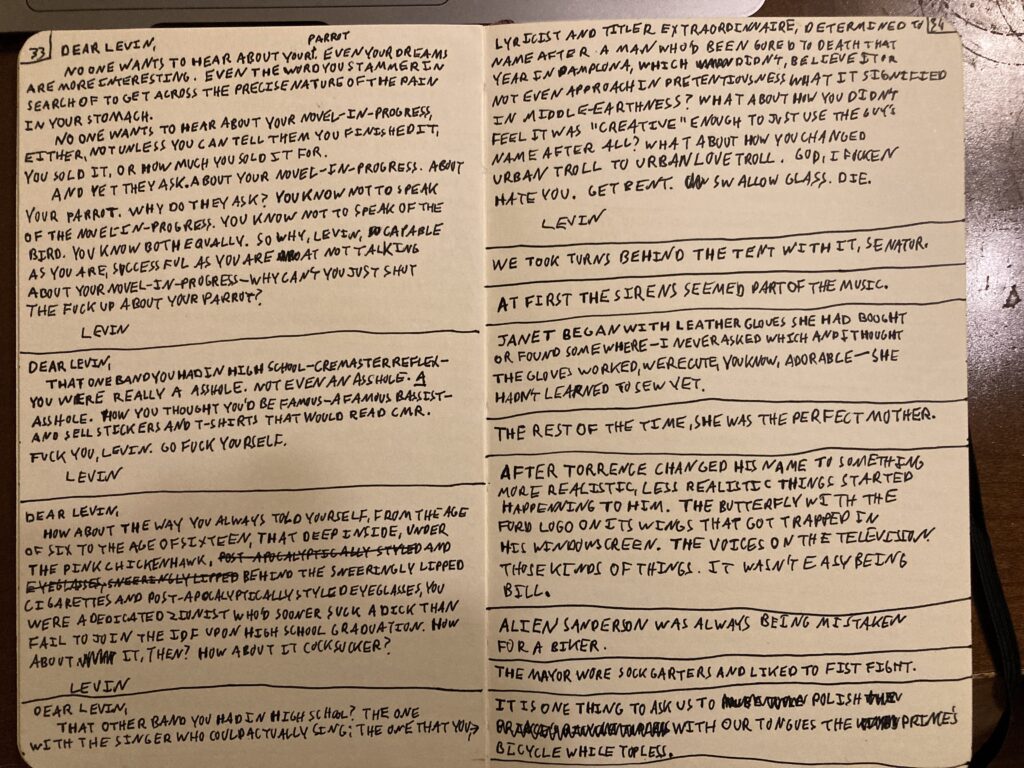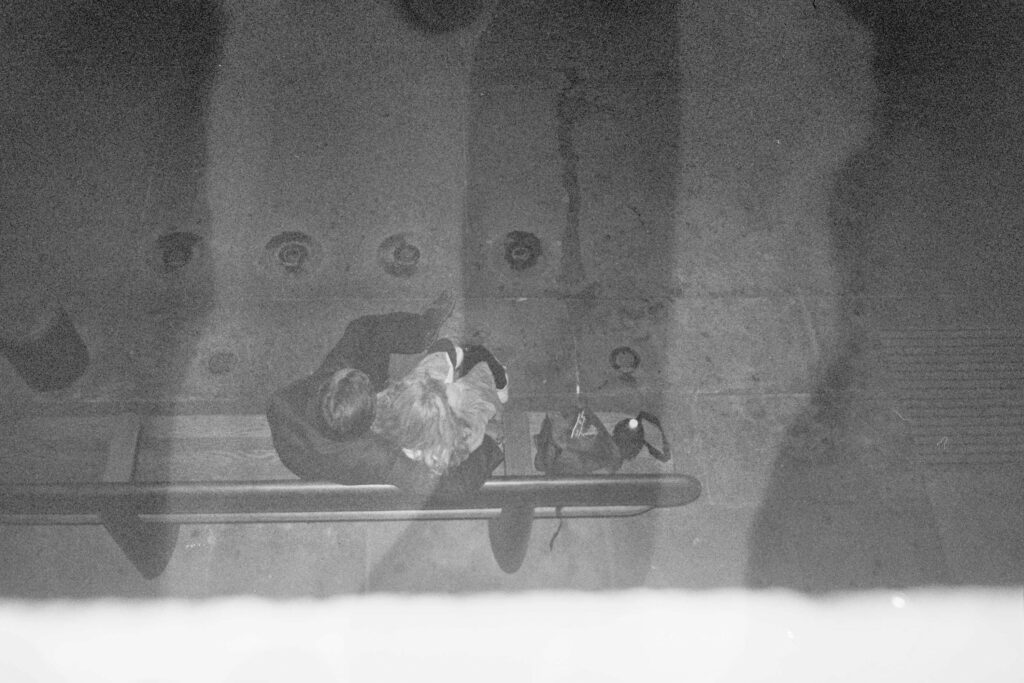While reading Annie Ernaux’s Simple Passion, I often caught myself mistaking it for a diary. The memoir details an illicit affair in prose that feels startlingly immediate, full of particulars that seem to surface in real time: a skirt in a Benetton shop; a list of fortune-tellers in the telephone book; the faded lettering of a plaque that reads PASSAGE CARDINET, near where the author sought a clandestine abortion years before. Yet I was continually made aware that time had passed, and this was last year’s love seen through this year’s eyes: “From September last year,” Ernaux writes, near the beginning, “I did nothing else but wait for a man: for him to call me and come around to my place.” The details of this “most violent and unaccountable reality” have been refracted and altered, distilled into a remarkable book.
I recently read A Girl’s Story, Ernaux’s 2020 memoir of another doomed and passionate love—her first, in the summer of 1958—and was struck by her description of the process by which she reconstructed her former self, the diligence with which she studiedthis young “girl of ’58.” Ernaux googles her summer-camp bunkmates and considers pretending to be a journalist so she can call them up and ask about herself. She looks at a photograph of her long-lost lover’s great-grandchildren. While reading an old diary, and letters she sent to a classmate, she recognizes certain falsenesses in them—pretensions, lies, self-deceptions. The quotations from books she copied down in 1958 now strike her as a more direct means of access to her state of mind then. All memoir involves time travel, and yet Ernaux, as she twists and turns, trying to cross the schisms between her various selves, manages to create what feels like a new tense—a literary time zone that can hold it all at once.
In our Spring issue, the Review published some of the source material on which Ernaux based Simple Passion: selections from her real diaries from 1988, which describe her affair with a married diplomat from the Soviet Union. Here is that violent and unaccountable reality, recorded at a distance of mere hours. Many entries are short, factual, engaged with the torment of love and logistics: “Last night he called. I was sleeping. He wanted to come around. Not possible. (Éric here.) Restless night, what to do with this desire?” Others are breathless and breezy: “I realized that I’d lost a contact lens. I found it on his penis. (I thought of Zola, who lost his monocle between the breasts of women.)” To read them is to encounter something like a pentimento, the revelation of writing underneath other writing—a quality that already suffuses so much of her work. We can, of course, marvel at what Ernaux was able to make of these entries in Simple Passion. But they offer their own distinct and potent pleasures, the rare, delightful, occasionally shocking intimacies of reading someone else’s private thoughts.
To mark the appearance of Ernaux’s diaries, the Review has been asking writers and artists to share pages from their own. Yesterday on our website, we published the first in the series: part of the poet Elisa Gonzalez’s 2018 journal, which documents the aftermath of an affair and a marriage. Reading them now, she, too, had some distance from this former self. “I used to accept, unquestioningly, that pleasure was fleeting,” she writes in a postscript. “but now I think it has an afterlife, during which we integrate it into all the griefs we also feel.”
These diaries feel like gifts, or offerings, that are unlike any other kind of writing. There is, as Ernaux herself writes in a brief introduction, “a truth in those pages that differed from the one to be found in Simple Passion—something raw and dark, without salvation, a kind of oblation.”




















